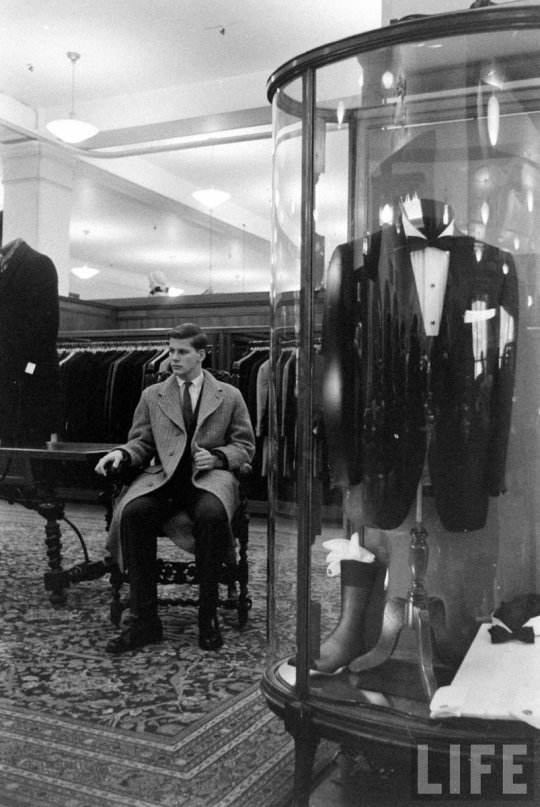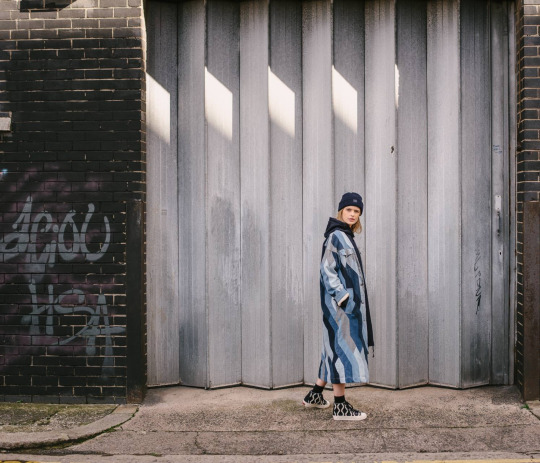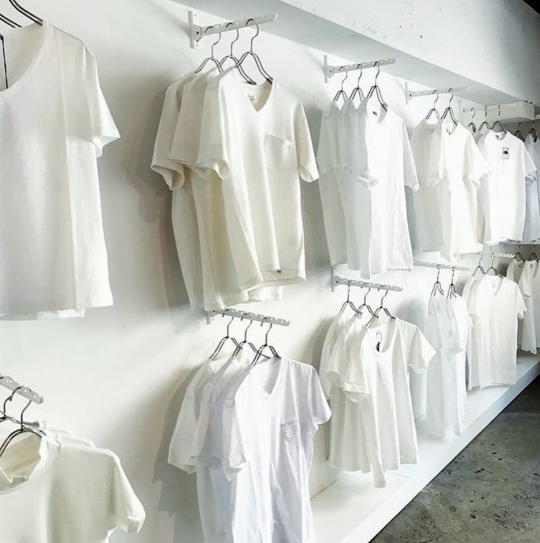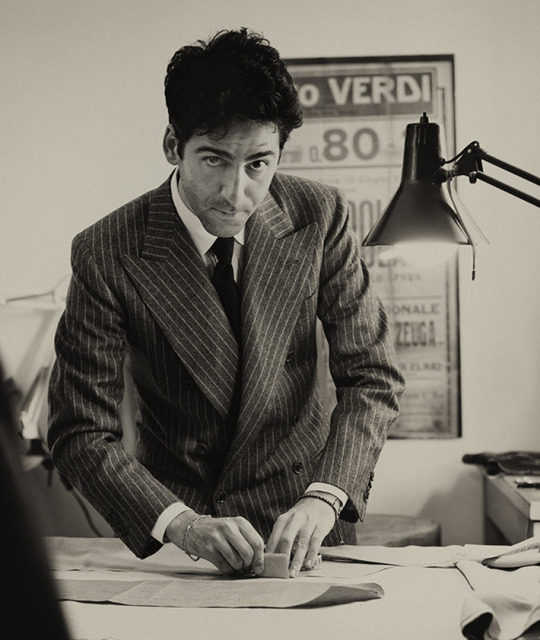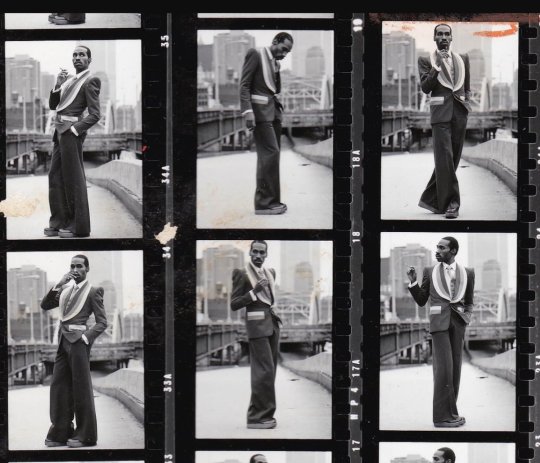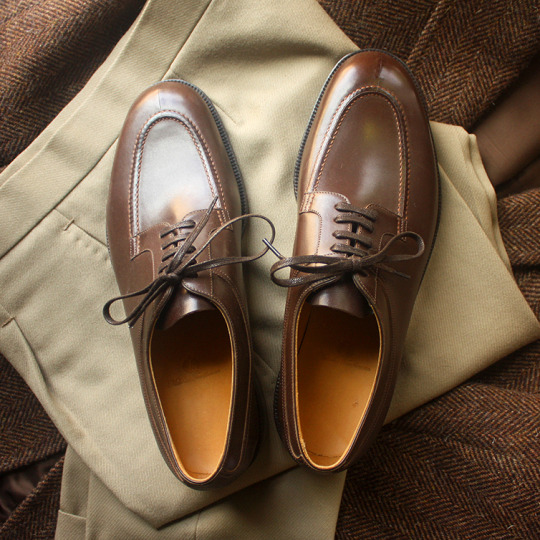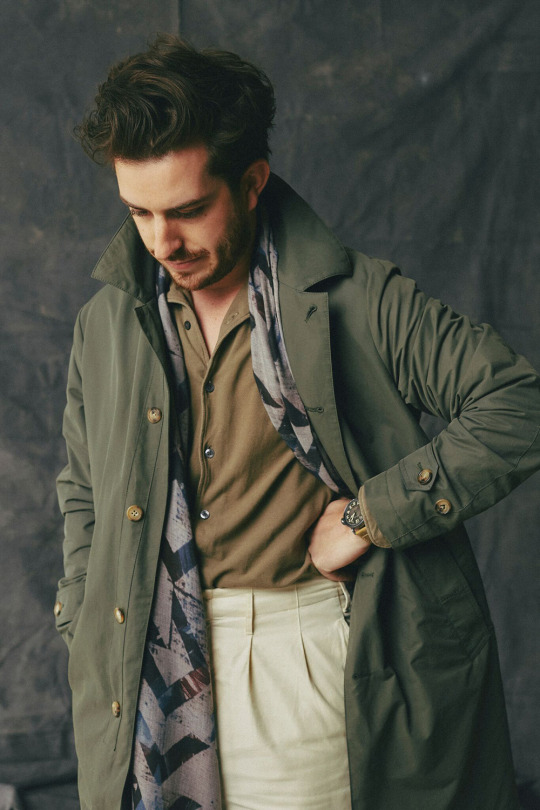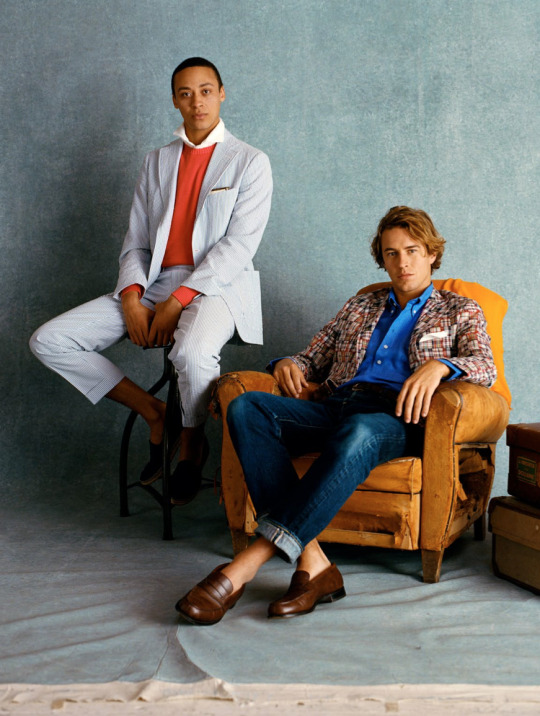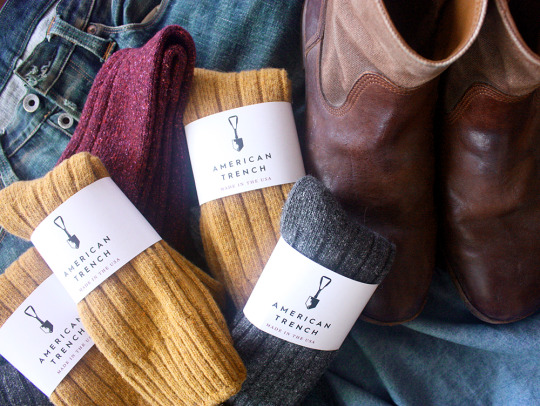Finding Artisans in India
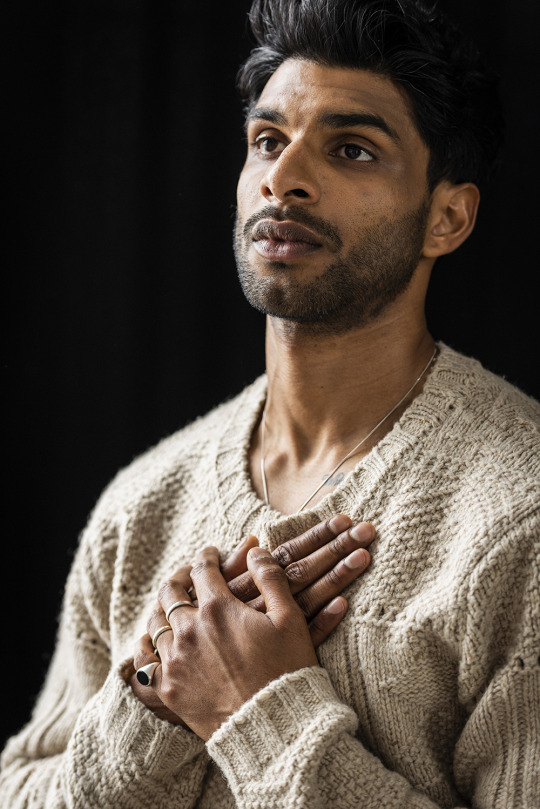
A couple of years ago, former Eidos designer Antonio Ciongoli and Stoffa founder Agyesh Madan headed to India to work on a collaboration. They developed two hand-dyed indigo fabrics – one shirting weight, the other trouser weight – and came up with a hand-block pattern for some prints. Unfortunately, the collaboration never came to fruition. Eidos’ parent company, Isaia, wasn’t sure how the market would react to unstable dyes (in contrast to synthetic dyes, natural dyes fade and run easily). Like Brooks Brothers’ customers in 1959, who angrily stormed back into the stores and complained about how their madras shirts were bleeding in the wash, they worried that people would mistake the character of natural dyes as defects.
The work wasn’t all lost, however. Madan eventually used part of that trip for a Drake’s collaboration, and Ciongoli used it as inspiration for a new line. Since stepping down as Creative Director at Eidos – which is now run by Simon Spurr – Ciongoli has started 18 East, a new menswear apparel brand under Roller Rabbit. The line is debuting tonight at New York City’s 180 the Store.
18 East isn’t necessarily a travel line, but it’s about traveling. The number 18 refers to how R is the 18th letter of the alphabet (a nod to their parent company, Roller Rabbit), and East is an allusion to Eastern manufacturing. “Everything we make is with small, artisanal suppliers,” Ciongoli explains. “When people talk about handwork, they’re often talking about how someone is operating a machine by hand. But handwork here means real handwork – even the embroideries are done purely by hand.”
Keep reading
